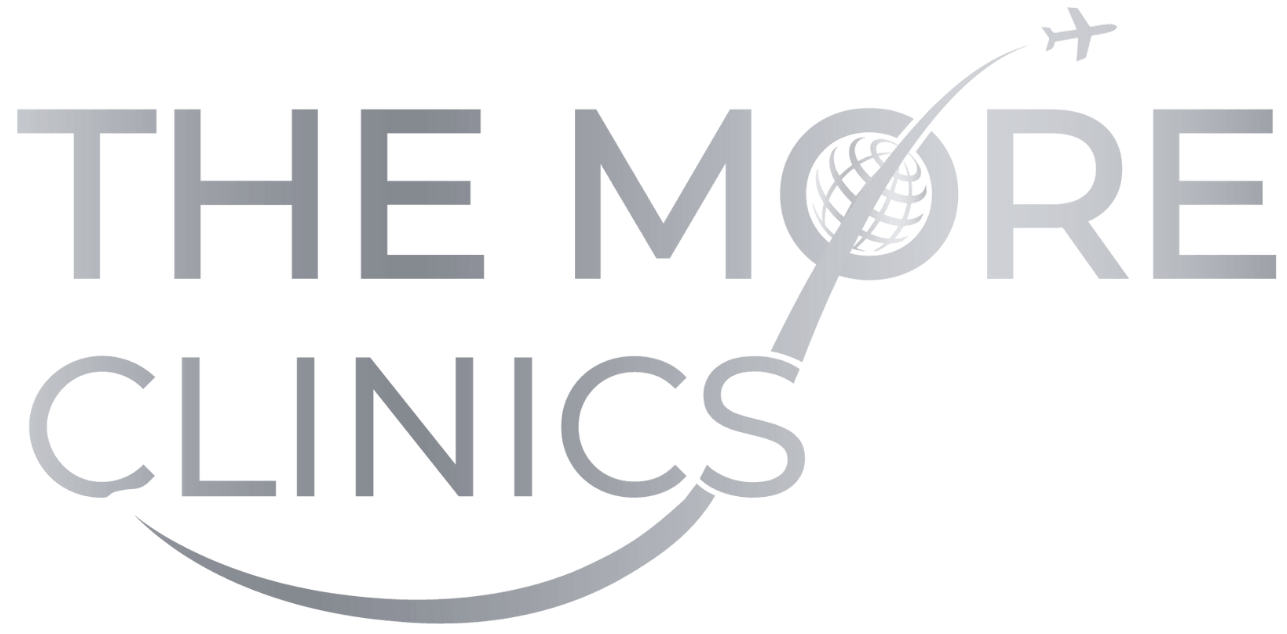Exploring the Types of Intraocular Lenses
When it comes to considering corrective measures for deteriorating vision, there is one common solution that often gets overlooked – intraocular lenses. Intraocular lenses are a type of artificial lens designed to replace the natural lens upon removal or cataract surgery.
They can provide a significant improvement in vision quality and clarity over time, not only relieving symptoms but also potentially improving overall eye health too. In order to benefit from this procedure fully, however, it’s important to understand the different types of intraocular lenses available in order to choose the right ones for your individual needs and circumstances.
In this blog post, we will explore the different types of IOLs and compare their features, benefits, and considerations. Our goal is to guide you in choosing the most suitable IOL for your vision needs. Let’s dive in!
Overview of Intraocular Lens Implants (IOLs)
Intraocular Lens Implants, commonly known as IOLs are surgically placed in the eye to replace the natural lens that has become cloudy due to cataract or eye disorders.
With IOLs, patients can experience significantly improved vision without the need for glasses or contact lenses. The lenses work by adjusting the way light passes through the eye, providing clearer and sharper vision.
The effects of IOLs are comprehensive and long-lasting, delivering life-changing benefits for patients. In conclusion, IOLs are an excellent solution for those looking to enhance their vision and improve their overall quality of life.

Types of IOLs – Monofocal, Toric, Multifocal, and Accommodating
There are various types of Intraocular lenses (IOLs) that can provide clearer vision for those with cataracts or eye disorders.
Monofocal IOLs:
Monofocal lenses are the most common type of IOLs. They are designed to provide clear vision at a single focal point, typically for distance vision. While they can significantly improve your distance vision, you may still require glasses for near tasks. Related Post: Trifocal IOLs Guide.
What Monofocal Lenses are Used to Treat:
These lenses are particularly effective in restoring distance vision for individuals who have undergone cataract surgery or people who has nearsightedness( myopia). Monofocal IOLs help focus light onto the retina for clearer, sharper distance vision, thus substantially improving the patient’s ability to perform activities such as driving or watching television. However, these lenses do not correct presbyopia, and patients may still require reading glasses for close-up tasks post-surgery.
Multifocal IOLs:
Multifocal lenses are an option for people who want to be glasses-free after cataract surgery. They provide clear vision at various distances – near, intermediate, and far. However, some patients may experience glare or halos around lights at night.
What Multifocal Lenses are Used to Treat:
Multifocal IOLs are designed to correct presbyopia, nearsightedness or farsightedness( hyperopia). By providing multiple focus points, these lenses allow patients to see at varying distances, reducing or even eliminating the need for glasses post-surgery.
Toric IOLs:
Toric IOLs are specifically designed for patients with astigmatism. These lenses correct the irregular shape of the cornea, which is the cause of astigmatism, to provide clear vision at all distances. However, if the lens rotates from its position, it may lead to blurred vision.
What Toric Lenses are Used to Treat:
Toric lenses primarily treat astigmatism, a common eye condition where the cornea or lens has an irregular shape, causing blurred or distorted vision at all distances. This irregular shape prevents light from focusing properly on the retina, leading to vision problems. Toric IOLs are custom-made to correct this particular irregularity and restore clear vision post cataract surgery. Apart from astigmatism, Toric lenses may also help patients with significant corneal astigmatism to achieve better uncorrected visual acuity for distance.
Accommodating IOLs:
Accommodating IOLs are designed to mimic the natural lens’s ability to change shape to focus on objects at varying distances. These lenses move or change shape inside the eye to focus light, providing a greater range of clear vision. They are typically recommended for patients who have active lifestyles and want to reduce dependence on glasses.
What Accommodating Lenses are Used to Treat:
Accommodating IOLs are primarily used to treat presbyopia and cataracts. They can help patients maintain their range of focus after cataract surgery. These lenses provide a continuous range of vision from near to far, and everywhere in between, thus enhancing the patient’s ability to perform daily tasks without the constant need for glasses.
Advantages & Disadvantages of each type of IOL
There are different types of intraocular lenses (IOL) that can be used to replace a cloudy or opaque natural lens during cataract surgery. Each type of IOL has its own set of advantages and disadvantages. For instance, monofocal IOLs are the standard and provide good distance vision, but may require the use of reading glasses for close-up work.
Multifocal IOLs offer clear vision at various distances, but can cause halos or glare at night. Toric IOLs can effectively reduce astigmatism, but are more expensive than other options. Accommodative IOLs can move forward and backward to adjust to different distances, but may not be suitable for everyone. As with any medical procedure, it is important to discuss the benefits and drawbacks of each type of IOL with your doctor to make an informed decision.

Cost Comparison of Different IOLs
When it comes to choosing the right intraocular lens (IOL) for your cataract surgery, cost can play a big role in your decision-making process. There are many different types of IOLs available, each with their own unique features and price points. From monofocal lenses to premium multifocal lenses, the cost of your IOL can vary depending on the level of visual acuity and quality you wish to achieve. While it’s important to consider the financial aspects of your cataract surgery, it’s equally important to weigh the potential benefits and drawbacks of each IOL option alongside their costs.
- Cost Comparison of Monofocal Intraocular Lenses IOLs:
In the USA and UK, the cost of monofocal lenses can vary depending on factors such as the clinic, surgeon’s fees, and geographical location. On average, the cost of monofocal IOLs in these countries ranges from $3,500 to $4,500 per eye. In Turkey, however, the cost is generally more affordable, averaging between $1000 and $1,500 per eye, making it an attractive option for cost-conscious individuals.
- Cost Comparison of Multifocal IOLs:
Multifocal lenses provide clear vision at multiple distances, reducing the need for glasses. In the USA and UK, the cost of multifocal IOLs is higher compared to monofocal lenses, ranging from $3,000 to $6,000 per eye. In Turkey, the cost for multifocal IOLs is generally more affordable, averaging between $1,500 and $3,000 per eye, offering a cost-effective solution without compromising on quality.
- Cost Comparison of Toric IOLs:
Toric lenses are specifically designed to correct astigmatism and improve visual clarity. In the USA and UK, the cost of toric IOLs is typically higher compared to monofocal lenses, ranging from $4,500 to $10,000 per eye. In Turkey, however, the cost is generally more affordable, averaging between $1,800 and $4,500 per eye, making it an appealing choice for those seeking astigmatism correction at a reasonable price.
Last Words from the More Clinics
Your choice of intraocular lens (IOL) during cataract surgery can significantly influence your postoperative vision and overall quality of life. Be it monofocal, multifocal, toric, or accommodating lenses, each type offers unique advantages and comes with its own set of drawbacks.
At The More Clinics Turkey, we are committed to providing the highest quality of care and services to help you regain your vision and eye health. Our experienced team of doctors will work with you to create a personalized treatment plan that meets your needs and goals for clearer vision. Contact us today to learn more about our services and get started on your journey toward a perfect smile!
GET A FREE CONSULTATION!
Let’s Start Planning Your Treatment %100 Guarantee Results.

Written by The More Editorial Team and Medically Reviewed by Op.Dr.İbrahim Kaya who specialized on Eye Surgery, Retinal Surgery and Optalmology.





